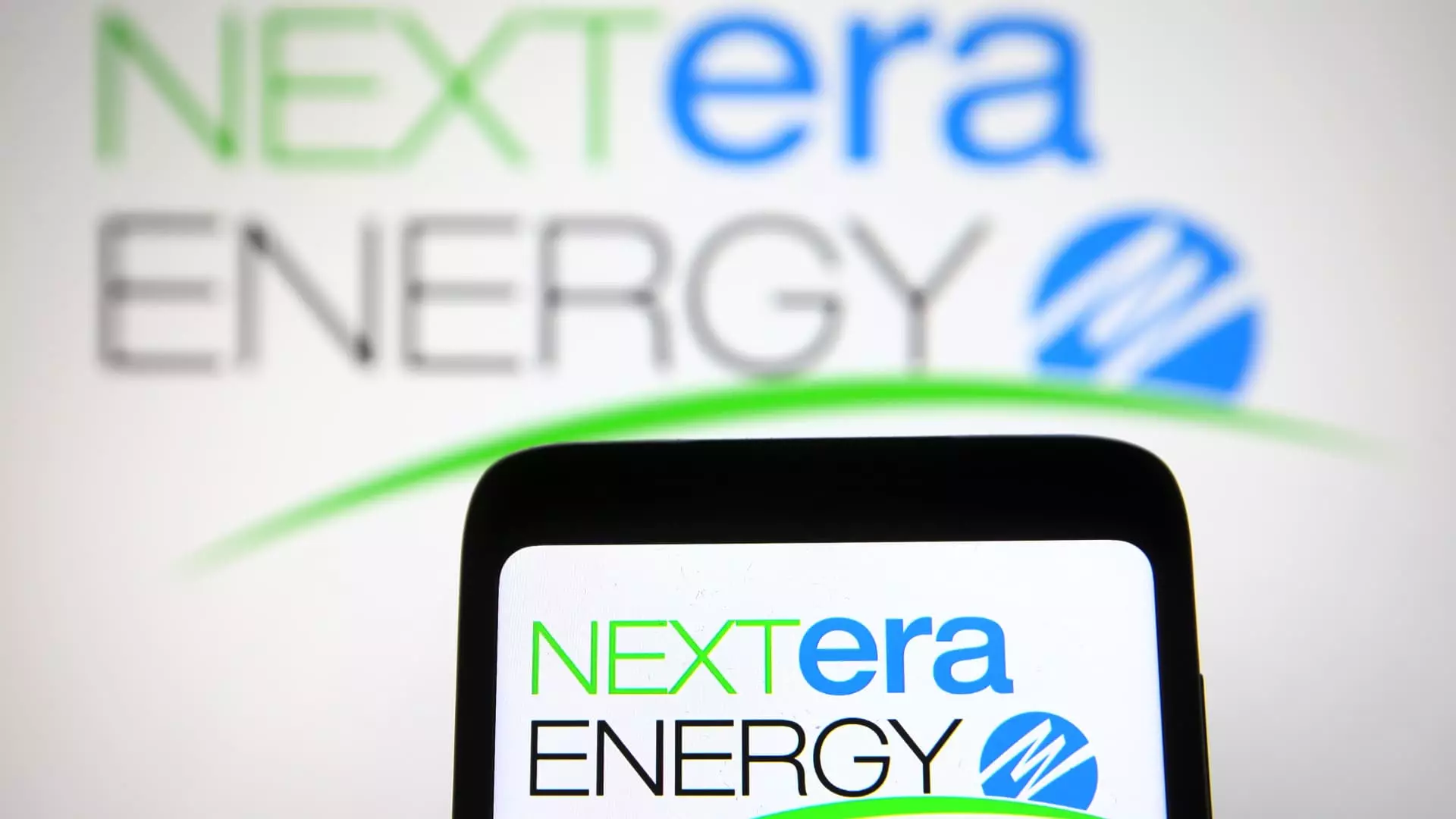NextEra Energy’s consideration of restarting the Duane Arnold Energy Center in Iowa reflects a shift in the energy landscape towards carbon-free alternatives. The nuclear plant ceased operations in 2020 after 45 years of service, primarily due to economic reasons and safety concerns following a windstorm that damaged critical infrastructure. However, with the growing demand for clean energy sources and the need to reduce carbon emissions, the possibility of reviving the nuclear plant is being explored.
Over the past decade, nuclear energy has faced challenges as it struggled to compete with cheaper alternatives like natural gas and renewables. The Fukushima nuclear accident in Japan in 2011 further raised safety concerns globally. As a result, several nuclear reactors in the U.S. were closed between 2013 and 2021. However, there has been a resurgence of interest in nuclear energy, driven by the increasing demand for power from emerging technologies like artificial intelligence data centers and the push towards electrification of the economy.
While solar and wind energy have made significant strides in the renewable energy sector, they still face challenges in providing reliable power due to their dependency on weather conditions. Utility executives argue that nuclear and natural gas are crucial for maintaining grid reliability, especially during periods of high electricity demand. Southern Company CEO Chris Womack believes that the U.S. needs to invest in new nuclear power capacity to meet the growing electricity demand.
Despite the renewed interest in nuclear energy, there are critics who raise concerns about the cost and safety implications associated with building new nuclear plants. CEOs like Andrés Gluski from AES Corporation caution that the enthusiasm for nuclear energy may be “overblown,” pointing to the financial risks involved. However, the tech sector, particularly companies like Amazon Web Services, has shown a keen interest in nuclear energy as a reliable power source for data centers.
The U.S. maintains the largest nuclear fleet in the world, with 94 operating reactors. The Biden administration has introduced tax credits to incentivize the preservation of existing reactors and prevent further closures. Additionally, the U.S. has joined a coalition of countries in pledging to triple nuclear power capacity by 2050 to address climate change concerns.
The future of nuclear energy in the U.S. is complex and multifaceted. While there is a growing recognition of the role nuclear power can play in the energy transition towards a decarbonized future, there are significant challenges and considerations that need to be addressed. As the industry continues to evolve and innovate, it will be crucial to strike a balance between economic viability, safety, and environmental sustainability in the pursuit of a more resilient and cleaner energy system.

